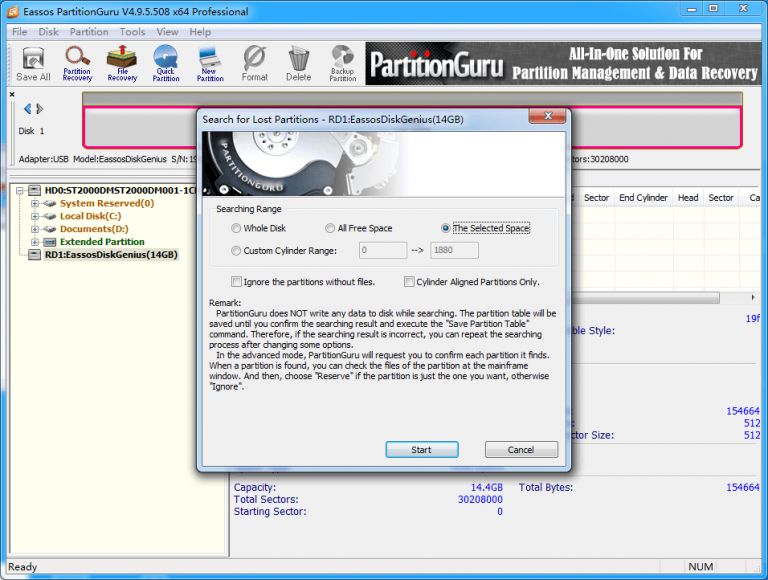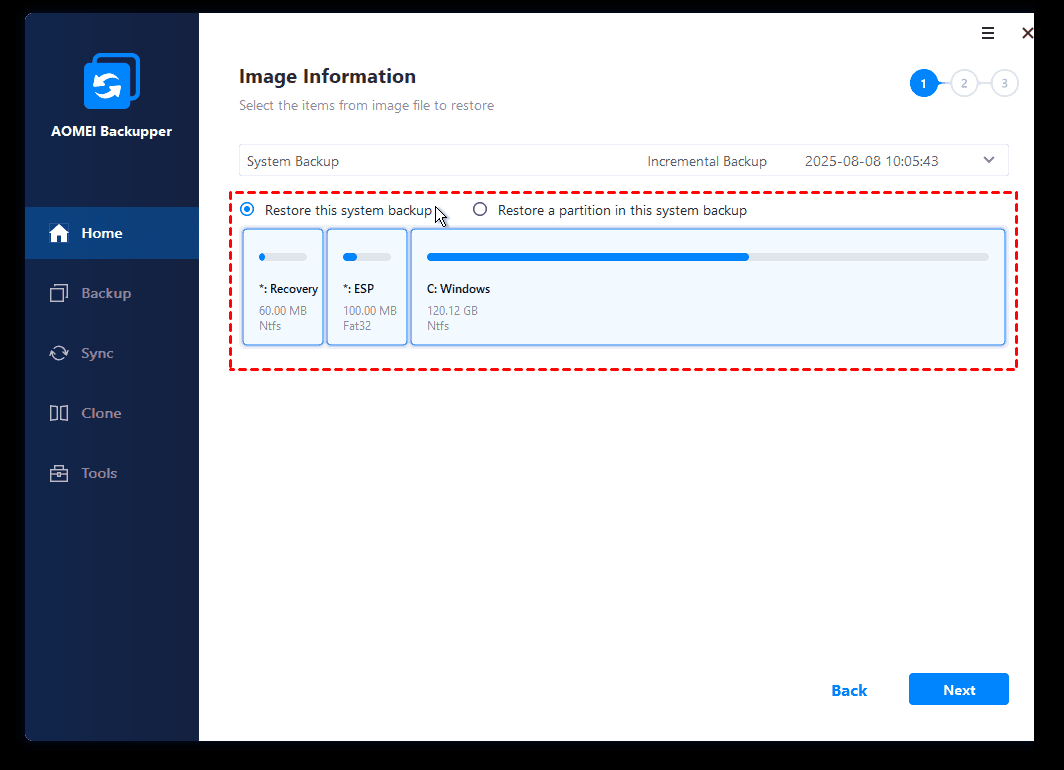

It might be lost (blank) or just faulty.Īfter analyzing the damage, let’s see what we can do to remedy any issues. We need to know whether the layout is still readable. I/O size (minimum/optimal): 4096 bytes / 4096 bytesĭevice Boot Start End Sectors Size Id Type Sector size (logical/physical): 512 bytes / 4096 bytes # 1 Short offline Completed without error 00% 6660 -Īfter checking the device status, we can also see the partition table via fdisk (Fixed Disk) and its –list ( -l) flag: $ fdisk -listĭisk /dev/sda: 101 GiB, 108587687936 bytes, 212085328 sectors Num Test_Description Status Remaining LifeTime(hours) LBA_of_first_error

SMART Self-test log structure revision number 1 Smartctl 7.2 r5155 (local build)Ĭopyright (C) 2002-20, Bruce Allen, Christian Franke, = START OF READ SMART DATA SECTION = For example, there are the smartmontools (SMART Monitor Tools): $ smartctl -l selftest /dev/sda (Self-Monitoring, Analysis, and Reporting Technology) in modern storage devices. It’s usually best to diagnose when not booting from the target.Īlternatively, we can use S.M.A.R.T. Note how we first unmount a partition before scanning. Here, we use the -v (verbose), -s (show progress), and -n (non-destructive read-write) flags. Testing with random pattern: 1.05% done, 4:34 elapsed.

Indeed, they are usually the first evidence we have of storage damage: $ umount /dev/sdaĬhecking for bad blocks in non-destructive read-write modeĬhecking for bad blocks (non-destructive read-write test) In particular, the badblocks tool is handy for finding bad blocks on a device.


 0 kommentar(er)
0 kommentar(er)
